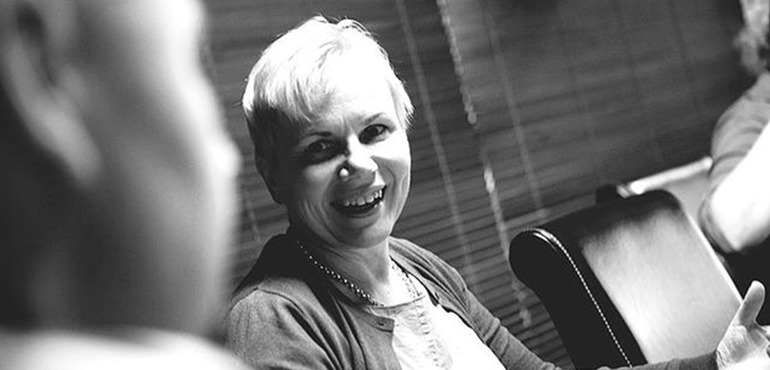
Loyal media users are forgotten
What type of activities do modern retirees do? They do yoga, travel and stay in touch with their grandchildren via Skype. They buy services, organic food and new cars.
However, they are depicted very differently in the media, says communications strategist Helena Raulos. She works at the Kolmas ikä (the ‘Third Age’) office and knows her target group, which consists of growing numbers of older people.
In the media, older people are usually featured in negative contexts such as news about problems in institutional care services. Advertisers do not understand pensioners but try to sell them anti-age creams instead of cars.
“Senior citizens are heavy users of media, and they should be shown appreciation. This can be done in various ways, by the choice of interviewees or images, for example,” says Raulos.
“Advertisers should realise that this group has real purchasing power. They are not poor even if this is the traditional idea of older people.”
Sitra, the Finnish Innovation Fund, has also raised some questions concerning older people. The fact that people live longer was one item on the Fund’s list of trends.
According to Sitra, Finnish pensioners are among the most educated and healthiest retirees in the world. They want to be in charge of their own lives and decisions that concern them.
“Plus they are not afraid of new technologies,” says Raulos, clearing up another misconception.
Raulos explains that pensioners are a varied group in terms of their media use; some prefer using online or mobile services while others prefer print media. Admittedly, they are more likely to follow the traditional forms of media than the younger age groups.
A survey carried out a couple of years ago found that 89 percent of those aged over 65 read a regional newspaper at least once a week. Only television managed to attract more interest from this group according to the survey carried out by Tietoykkönen.
The group is quite divided when it comes to using social media. Raulos says that some spend a lot of time on social media, while others want to have nothing to do with it and refuse to use Facebook, for example.
Communications strategist Helena Raulos wants to challenge the media to better acknowledge the active older population.
Senior citizens are an ideal target group
1. A huge group with a long life expectancy
2012 was an important year in Finland. For the first time ever, there were more than a million people over the age of 65. Only 20 years earlier this number was approximately 600,000. A million older people equals nearly a fifth of the entire population.
The number is explained both by baby-boomers and the extended life expectancy.
Research shows that life expectancy has risen by three months per year for the past 160 years. Statistics Finland has calculated that if Finns” life expectancy rises as predicted, more than half of males born in the 1970s will live to be at least 85 and over half of females to at least 90. According to the latest estimates, a fifth of the females will reach the grand age of 100. Since life expectancy describes the state of affairs at the moment of calculation, the actual average lifespan is likely to be even longer.
2. Many healthy years
Lifestyle choices and lifestyle diseases can shorten life expectancy, whilst staying healthy can add to your years. According to statistics, older people are healthier than ever. The Finnish National Institute for Health and Welfare says that the proportion of older people with problems in their everyday life has clearly decreased during the past ten years. In the younger age group – i.e. those aged between 65 and 74 ‑ problems with physical abilities are quite rare. Difficulties become more common only after the age of 75.
Retirees in general are a healthy group as the average age of retirement in Finland was 60.9 years last year.
3. Money is not an issue
The pensioners of today also have more money than the previous generations. If we compare the net assets of various groups to the average figure among the entire population, the only age group to have increased their net assets are those over the age of 55. The Finnish Centre for Pensions figures cover the years between 1988 and 2009. Information about Finns” wealth will be published again in April.